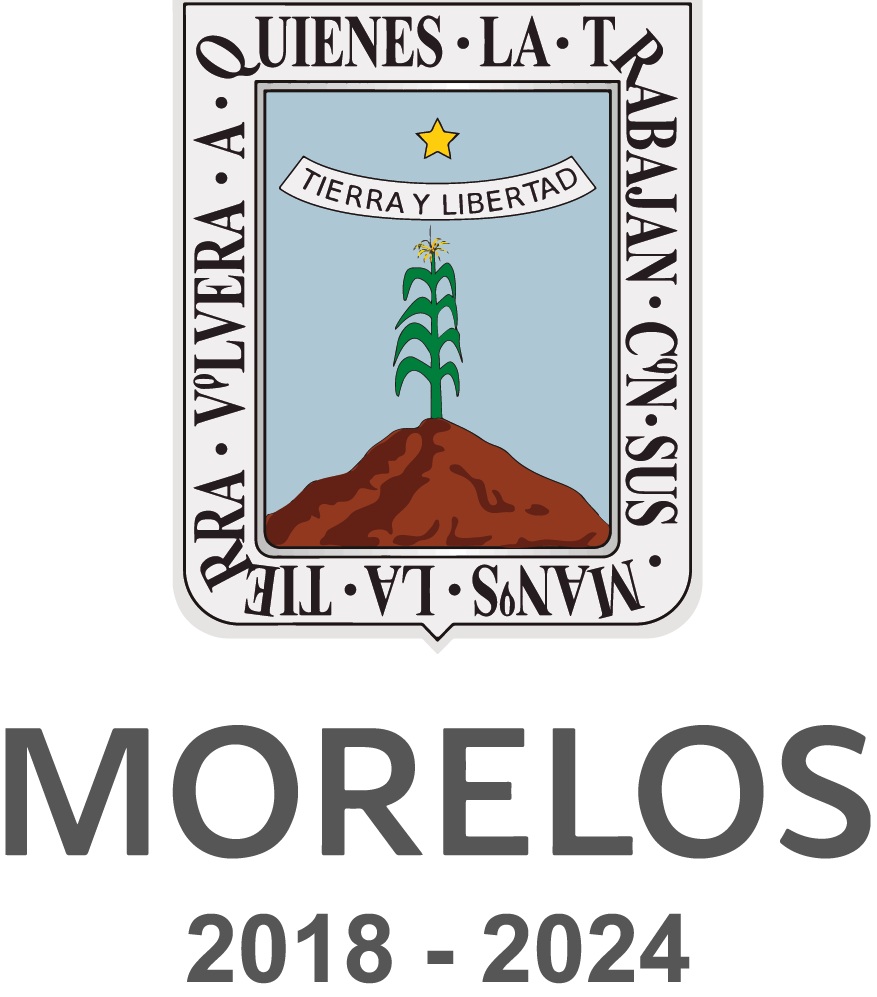EQUIPMENT PROGRAM GUIDE TO ASSESSING ENTRAPMENT RISK OCTOBER 2015
PUBLIC SCHOOLS DOCUMENTATION FOR USE OF THERAPEUTIC EQUIPMENT090113 202T161 REMOVAL OF EXISTING TRAFFIC SIGNAL EQUIPMENT
11 LEC2 دعبد المنعم الخفاجي INSTRUMENTS AND EQUIPMENT FOR
113006 REMOVAL OF EXISTING TRAFFIC SIGNAL EQUIPMENT THE FOLLOWING
1212014 APPLICANT’S NAME SYSTEMS AND EQUIPMENT (ELECTRICAL EQUIPMENT) SEE
12172019 SIMPLE HARMONIC MOTION PENDULUM EQUIPMENT NEEDED DELL LAPTOP

Equipment Program
Guide to Assessing Entrapment Risk
October 2015
Please Note, this is a guide only.To be completed only when/if bed rails or bed sticks have been identified as the only suitable option.This document is to be used to support individual assessment and clinical reasoning |
||
|
Possible Person Attributes |
Risk Level and recommended actions |
Assessment Notes |
|
One or a combination of these attributes may place person at risk Likely to be independent with mobility, may use ambulant mobility aid (walking stick, walker, etc), PWC or self-propelled MWC No or mild cognitive impairment May have a mild ID Likely to be independent with communication, able to alert carers as required Good awareness of safety and surroundings May have very minimal or weak movement, may be very ill or palliative AND is able to communicate and alert carers as required (and has no history of entrapment or shifting to edges of mattress)
|
LOW Assessment of bed entrapment zones is not required Provide recommendations and education to client/carers in monitoring and safe and effective use of equipment |
|
|
Possible Person Attributes |
Risk Level and recommended actions |
Assessment Notes |
|
One or a combination of these attributes may place person at risk
Likely to require assistance for transfers and mobility, likely to be able to weight bear May have more complex equipment needs for pressure management May have some history of entrapment Medications may impact on night time behaviours and levels of arousal and alertness OR May be able to move minimally in bed, demonstrates moderate to severe cognitive impairment AND cannot communicate/alert carers OR May show repetitive behaviours tremors/movement disorders that may impact on motor planning and coordinated movement, may demonstrate moderate cognitive impairment (eg unaware of risks), may be unable to consistently alert carers
|
MEDIUM
Assessment of bed entrapment zones is required (Refer to Bed Entrapment Zone Measuring Tool and Instructions for Measuring Entrapment Zones) Some zones may apply for equipment other than bed rails and bed sticks (eg mattress, self-help pole) Take all possible steps to eliminate non-compliant zones Educate client and carers in safe, effective use and monitoring of equipment |
|
|
Possible Person Attributes |
Risk Level and recommended actions |
Assessment Notes |
|
One or a combination of these attributes may place person at risk Likely to be dependent for transfers and mobility, most likely use of hoist for transfers May have uncontrolled movement or weak movement May get stuck in a position May not be able to call out or seek assistance if needed May have impaired cognition – unable to understand risks May have seizures but are generally controlled by medication May have a history of entrapment issues May be at risk of toppling over rails due to uncontrolled movement |
HIGH
Assessment of bed entrapment zones is required (Refer to Bed Entrapment Zone Measuring Tool and Instructions for Measuring Entrapment Zones) Some zones may apply for equipment other than bed rails and bed sticks (eg mattress, self-help pole) Take all possible steps to eliminate non-compliant zones Educate client and carers in safe, effective use and monitoring of equipment
|
|
|
One or a combination of these attributes may place person at risk: May have night time behaviours of concern Usually very mobile May wander and is inconsistently able to alert carers May have significant cognitive impairment May be confused or agitated Medications may impact on night time behaviours and levels of arousal and alertness Hallucinations/ illusions may impact on night time behaviours |
||
|
Possible Client Attributes |
Risk Level and recommended actions |
Assessment Notes |
|
One or a combination of attributes may place person at risk:
Likely to be dependent for all transfers, most likely use hoist for transfers Likely to have significant uncontrolled movement or weak movement May get into positions but not out of them – i.e. may get stuck in positions Likely to have significant cognitive impairment/lack of insight into risks Hallucinations/ illusions may impact on night time behaviours Likely to have significant health and medical issues (eg respiratory, swallowing, pressure) requiring complex intervention Medications may impact on night time behaviours and levels of arousal and alertness Unlikely to be able to call out or request carer assistance May have uncontrolled or unpredictable seizures May have a history of entrapment issues |
HIGH/ EXTREME
Assessment of bed entrapment zones is required (Refer to Bed Entrapment Measuring Tool and Instructions for Measuring Entrapment Zones) Some zones may apply for equipment other than bed rails and bed sticks (eg mattress, self-help pole) Take all possible steps to eliminate non-compliant zones Educate client and carers in safe, effective use and monitoring of equipment |
|
Page
1EQUIPMENT BROUGHT BY THE USERS DESCRIPTIONNAME 2HAS BEEN
2011 CHEVROLET VOLT STANDARD & AVAILABLE EQUIPMENT DESCRIPTION S
230513P---Motor-Requirements-for-HVAC-Equipment-03-07-2022
Tags: assessing entrapment, to assessing, program, equipment, october, guide, entrapment, assessing
- SEMINARIO EDUCACIÓN DE LA POBLACIÓN RURAL EN AMÉRICA LATINA
- JAVNI RAZPIS 4301342011 JAVNI RAZPIS ZA SOFINANCIRANJE DALJINSKEGA
- ೂ ELEMENTOS QUE COMPONEN LA EXPOSICIÓN MALETA MEDIANA ROJA
- 556347DOC INTERNATIONAL STANDARDS FOR PHYTOSANITARY MEASURES GUIDELINES FOR THE
- 6 METALLOSUPRAMOLECULAR ISOMERISM SWITCHING FROM A CYCLIC TO A
- FUNCIONALIDADES BÁSICAS CONTROL DE ACCESO 1 INTRODUCCIÓN NO TODO
- CHECKLIST FOR CHAPTER LEADERS OF SNAWI PREPARED BY GINA
- ZASADY REALIZACJI ZAJĘĆ Z PRZEDMIOTU WYCHOWANIE FIZYCZNE W
- CRKTCT 19 A CAPACITOR WITH CAPACITANCE 01F IN AN
- EQUAL OPPORTUNITY MONITORING FORM APPLAUSE IS COMMITTED TO A
- FUNCIONARIS CATEGORIA SOU SENSE PAGUES EXTRES PAGA EXTRA JUNY
- TITLE INTERCAMBIOS DE PRODUCTOS UNITACTIVITY NO FOOD HISTORYACTIVITY 4
- DEPARTMENT OF PSYCHIATRY SUMMER STUDENTSHIP PROGRAM APPLICATION GUIDELINES INSTRUCTIONS
- FUNCIONARIOS DE SALUD LISTOS PARA ATENDER EMERGENCIA POR DENGUE
- BEGINNING AND END OF ACADEMIC SEMESTERS OF EUROPEAN UNION
- REGULAMIN PRAKTYK ZAWODOWYCH NA KIERUNKU FILOLOGIA SPECJALNOŚĆ FILOLOGIA GERMAŃSKA
- PENGUKURAN KEPUASAN MAHASISWA TERHADAP PELAYANAN PENDIDIKAN DI JURUSAN AKUNTANSI
- APROXIMACIÓN A LA IDENTIDAD DEL LAICO MARISTA SECRETARIADO DE
- Taiwan roc Standard Certificate of Death Registration no( Dept
- UCHWAŁA NR 379 KOMITETU MONITORUJĄCEGO REGIONALNY PROGRAM OPERACYJNY WOJEWÓDZTWA
- ORDEN DE COMPRA Nº DE OC N° 2190 2003
- YANA STAINOVA OCTOBER 18 2010 TOTALITARIAN ARCHITECTURE IS A
- DDA FACTSHEET 6 “REASONABLE ADJUSTMENTS” IN ACCESSING GOODS FACILITIES
- DNIA … (NAZWISKO IMIĘ NAZWA FIRMY)
- CURRENCIES IN ACQUISITIONS 16 ALEPH 500 VERSION 16 CURRENCIES
- DISOLUCIONES QUÍMICAS DISOLUCIONES EL TÉRMINO DISOLUCIONES SUGIERE QUE EN
- OMB NO FOR FDIC 30640001 OMB NO FOR OCC
- VISTA GRANDE HIGH SCHOOL MARINE CORPS JUNIOR RESERVE OFFICER
- OSORNO SEIS DE MARZO DE DOS MIL OCHO VISTOS
- …………………………………………… MIEJSCOWOŚĆ DATA WNIOSEK O WYDANIE KOMPLETU DYPLOMU UKOŃCZENIA
DEFINITIONS NOTE ON CHAPTER USE MANY OF THESE DEFINITIONS
 A PCB SCREENING FOR BYGGE OG ANLÆGSAFFALD SCREENINGSSKEMA FOR
A PCB SCREENING FOR BYGGE OG ANLÆGSAFFALD SCREENINGSSKEMA FOR2010 WILLOUGHBY SOUTH TRACK AND FIELD ACCOMPLISHMENT SCHOOL RECORDS
 ACUERDO SOAC091I2019 QUE APRUEBA COMO LOGOTIPO QUE REPRESENTA LA
ACUERDO SOAC091I2019 QUE APRUEBA COMO LOGOTIPO QUE REPRESENTA LA MULTICLUSTERSECTOR INITIAL & RAPID ASSESSMENT (MIRA) COMMUNITY LEVEL ASSESSMENT
MULTICLUSTERSECTOR INITIAL & RAPID ASSESSMENT (MIRA) COMMUNITY LEVEL ASSESSMENT ACQUISILYON 09 ARTICLE TEMPLATE (TITLE TIMES 14 BOLD
ACQUISILYON 09 ARTICLE TEMPLATE (TITLE TIMES 14 BOLD INVITATION TO A FREE THREE MONTH SERBIAN LANGUAGE COURSE
INVITATION TO A FREE THREE MONTH SERBIAN LANGUAGE COURSE 7 NAME MEIN KONFIRMATIONSSPRUCH (BITTE DIESE SEITE (1) AN
7 NAME MEIN KONFIRMATIONSSPRUCH (BITTE DIESE SEITE (1) AN press-release-march-2014
press-release-march-2014 ANNEX A MEMÒRIA EXPLICATIVA DE L’ENTITAT SUBVENCIONS A
ANNEX A MEMÒRIA EXPLICATIVA DE L’ENTITAT SUBVENCIONS AFIN26132020 ZAŁĄCZNIK NR 1 DO SIWZ W ZAMAWIAJĄCY SĄD
COVER SHEET STUDENT NAME ENGLISH III –
 NOME DO ALUNO TÍTULO DO TRABALHO EM LETRAS MAIÚSCULAS
NOME DO ALUNO TÍTULO DO TRABALHO EM LETRAS MAIÚSCULAS NR 11 DESEMBER 2009 ÅRGANG 24 ROVEN VELFORENING POSTBOKS
NR 11 DESEMBER 2009 ÅRGANG 24 ROVEN VELFORENING POSTBOKS I NZQA APPROVED NTERNAL ASSESSMENT RESOURCE BUSINESS STUDIES 16
I NZQA APPROVED NTERNAL ASSESSMENT RESOURCE BUSINESS STUDIES 16 REGIONALNY PROGRAM OPERACYJNY WARMIA I MAZURY NA LATA 20072013
REGIONALNY PROGRAM OPERACYJNY WARMIA I MAZURY NA LATA 20072013 UNA ALTERNATIVA TERAPIA MANEJADA POR LOS PADRES DE NIÑOS
UNA ALTERNATIVA TERAPIA MANEJADA POR LOS PADRES DE NIÑOS PEDOMAN PENYUSUNAN LAPORAN KULIAH KERJA NYATA 1 SISTEMATIKA PENULISAN
PEDOMAN PENYUSUNAN LAPORAN KULIAH KERJA NYATA 1 SISTEMATIKA PENULISAN!DOCTYPE HTML HTML CLASSNOJS LANGEN HEAD META CHARSETUTF8
 KATA PENGANTAR I RINGKASAN EKSEKUTIF III DAFTAR ISI VI
KATA PENGANTAR I RINGKASAN EKSEKUTIF III DAFTAR ISI VI